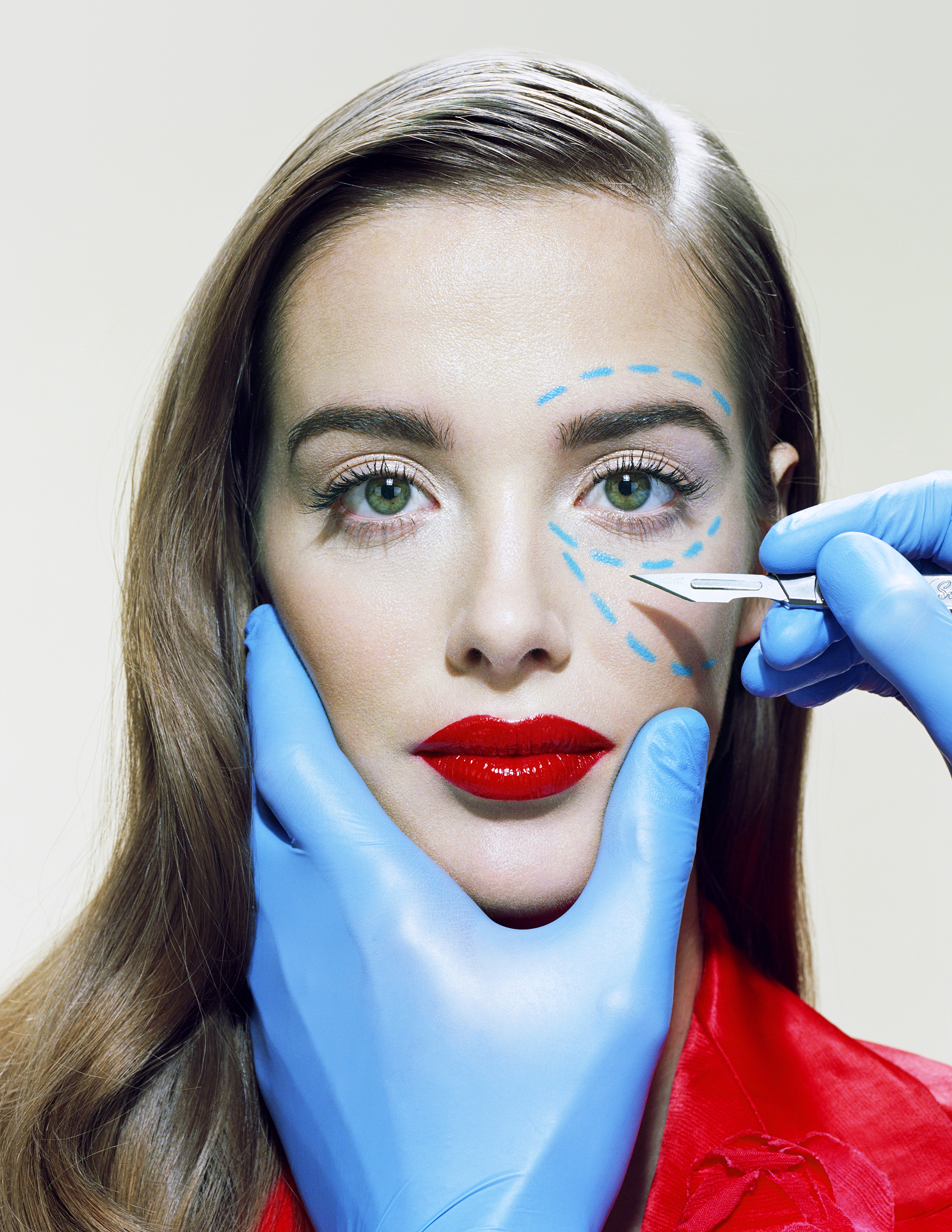
When TIME asked fashion photographer Miles Aldridge to shoot the magazine’s latest cover, about plastic surgery, he took a piece of paper and started sketching his ideas.
Seen side-by-side with his final images, Aldridge’s sketches are a testament to the photographer’s clear vision—one he has perfected over the years in his personal work.
“I always do sketches for my photography, I find it’s a very helpful way to imagine the photograph without having to do it all in a studio, live,” he tells TIME. “My images are designed so they kind of need to be drawn and sketched out.”
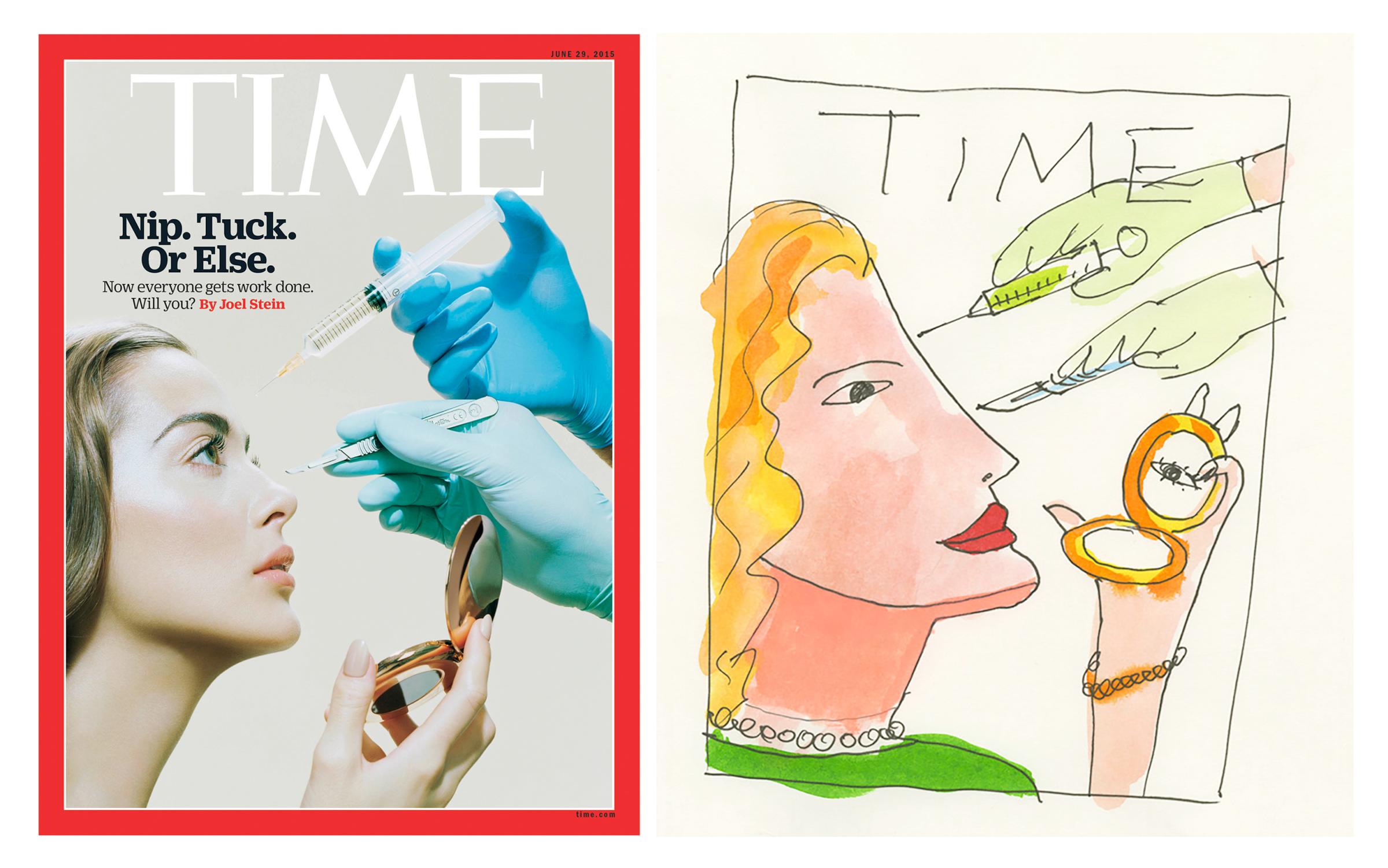
As the son of the graphic designer Alan Aldridge, who created iconic album covers for the Rolling Stones, The Who and Elton John, Aldridge always had a predisposition for illustration. “I’ve always wanted to be an illustrator like my father,” he says. “I went to art school and achieved those aims, but I came out and found illustration itself to be quite boring and quite lonely. As a young man in his early 20s, just being locked up in a studio with watercolors seemed to be the wrong thing. So I thought, Maybe I’ll be a film director.”
So Aldridge started directing music videos, leaving his lonely studio for a film set with 50 people. “It was quite a different kind of existence,” he says. “But in the end, I found pop videos not satisfactory as far as image-making, because you always had to compromise between what you wanted to do and what [you could do].”
That’s when Aldridge turned to photography, using his past experiences to enrich his vision. “I did a drawing in advance, I thought maybe I could take control of that energy, and that’s what I did,” he says. “I decided quite early on that I wanted to own my pictures,” he says. “I wanted them to be about my world. My heroes, Richard Avedon, Guy Bourdin, are photographers that have a signature; you can spot their work without reading the credits. I was searching for a way to do that. And the way to do that was to be truthful to yourself.”
Aldridge gravitates toward the weird and the wonderful. His photographs, as Glenn O’Brien wrote in the introduction of the artist’s monograph I Only Want You to Love Me, are set in a “luxury world where surreality reigns. All is perfect, yet something is amiss.”
Aldridge doesn’t hide it. “I’m particularly interested in glamor, but I’m also interested in despair and unhappiness, consumer culture—a modern version of ennui.” To create this subtle balance between dream and nightmare, Aldridge was inspired by one of Alfred Hitchcock’s most famous sequences. “Hitchcock was always babbling on about the shower scene in Psycho,” he tells TIME. “He stated that what was interesting about that scene was that as well as seeing a woman being coldly murdered, he realized that the audience was also, rather hideously, hoping for a view of her breast or her bum. I read that and I thought: Oh my God, that’s genius. You make the viewer complicit in the image; you make them feel rather guilty, rather ugly about what they’re watching.”
For Aldridge, it all fell into place. “The idea is that you shoot disturbing things in a beautiful way,” he says. “You candy-coat it. All these contemporary subjects—violence, war, destitution, depression, unhappiness—you make them palatable by making them sweet. And that’s my trick.”
It was a trick he applied to TIME’s cover story on the democratization of plastic surgery in the U.S. “It was fascinating,” he says. “The point of view is that surgery is a new form of make-up and we should accept in the way we accept dying our hair. I hadn’t thought of it in those terms. I don’t personally think that. But there it is.”
Aldridge’s idea was to normalize plastic surgery. “I like the idea that it’s about joy and, crucially, about a lack of embarrassment about this process of surgical retouching,” he says. “For me, it was obvious that this should be about elegance and grace and joy. I like photographing joy as long as it feels as artificial as any other appetizing picture: I’m happy because I have a new car, or I’m happy because I have a new job, or, in this case, I’m happy because I have a new nose.”
A selection of Miles Aldridge‘s photographs is on show today at 60 Thompson Street in New York City, and a retrospective of his work will be presented at the Fahey/Klein Gallery in Los Angeles from Sept. 10 to Oct. 17, 2015.
Natalie Matutschovsky, who edited this photo essay, is a Senior Photo Editor at TIME.
Olivier Laurent is the editor of TIME LightBox. Follow him on Twitter and Instagram @olivierclaurent
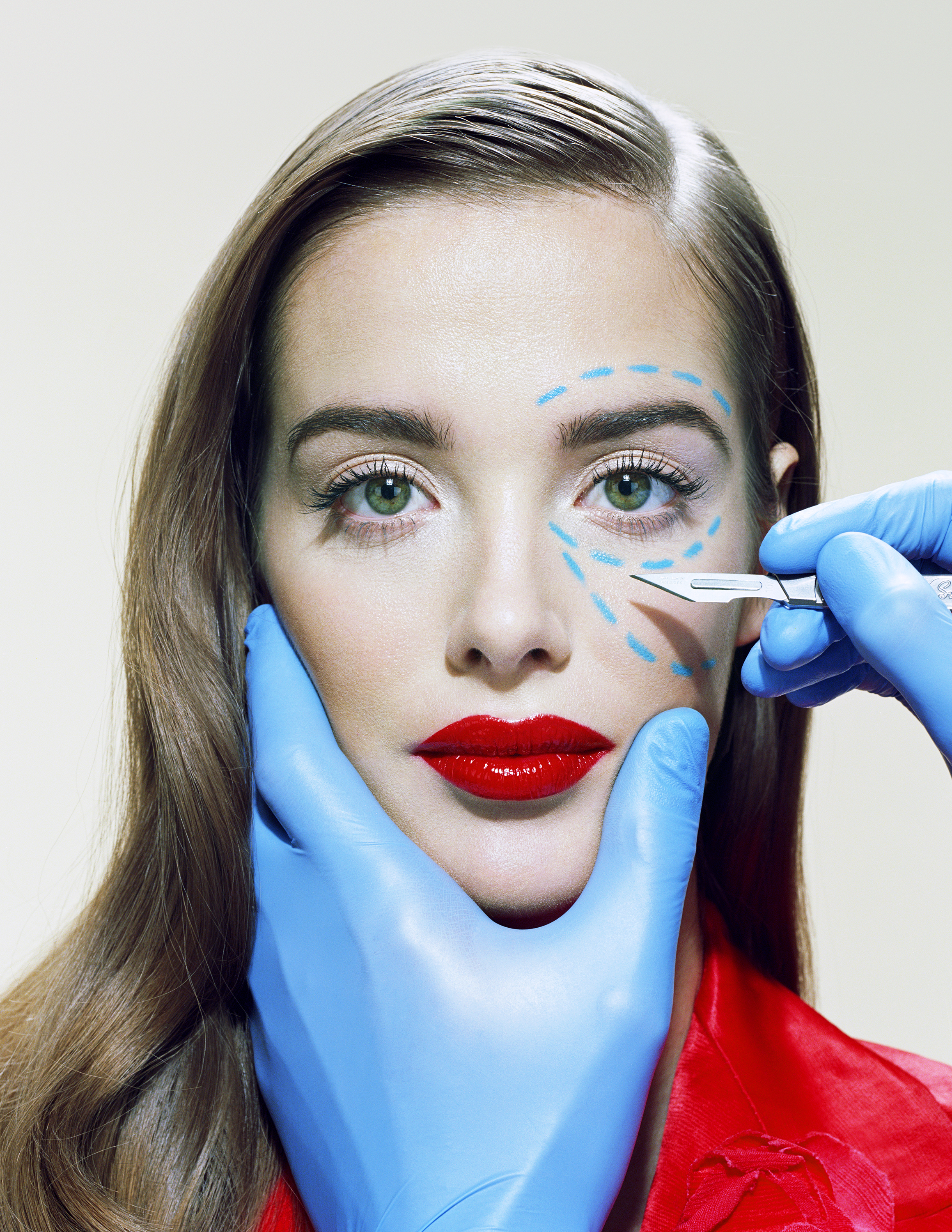
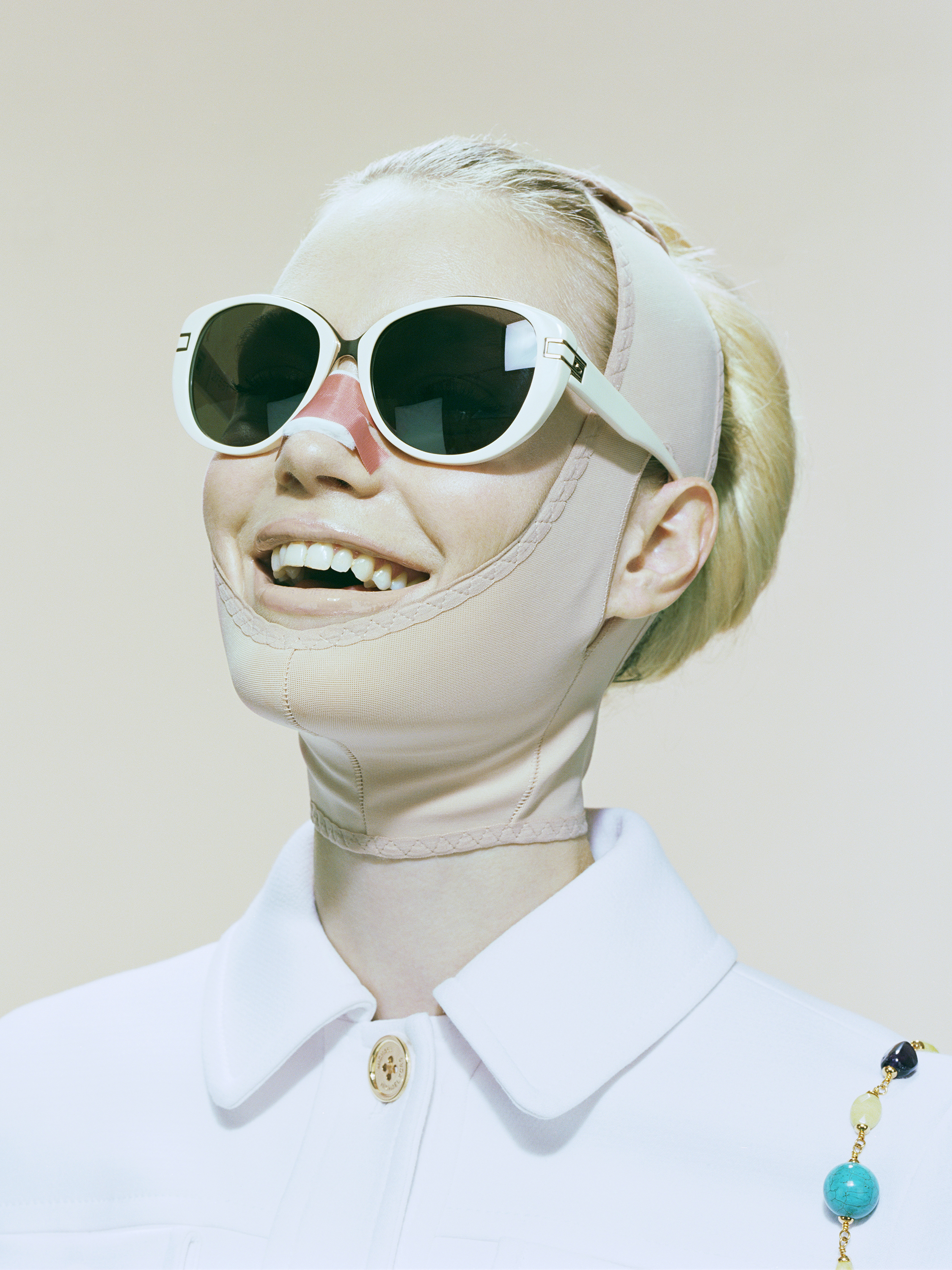
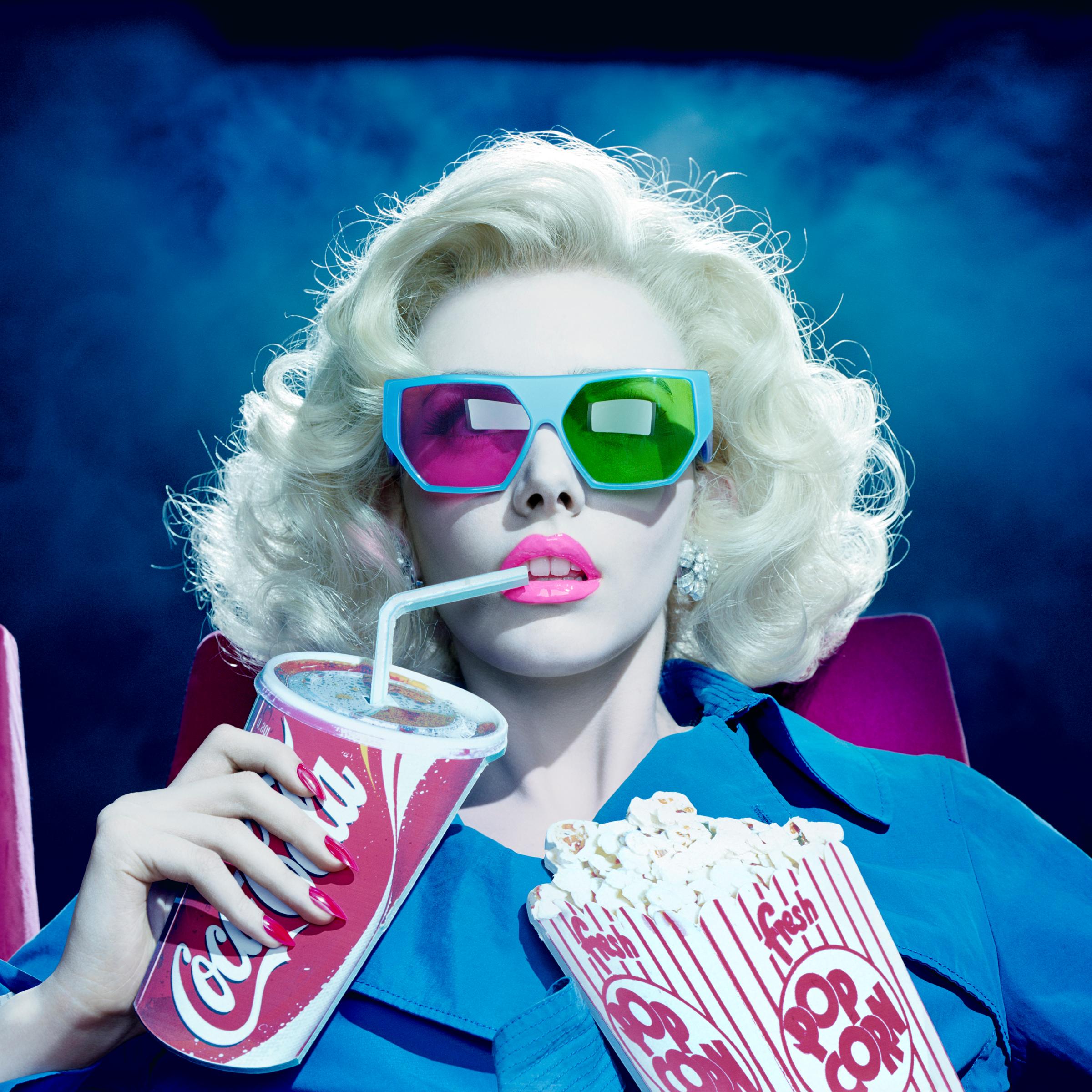
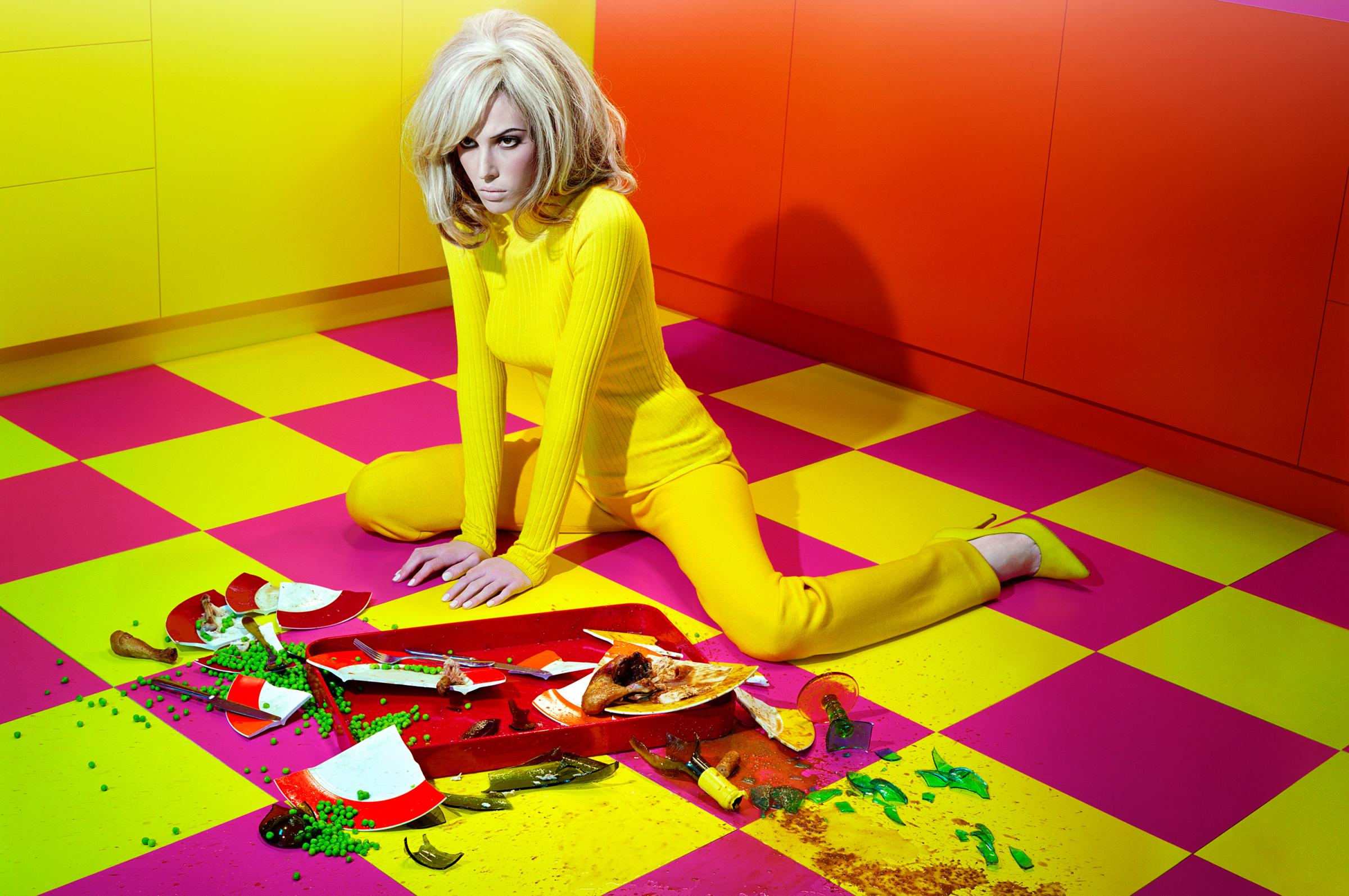
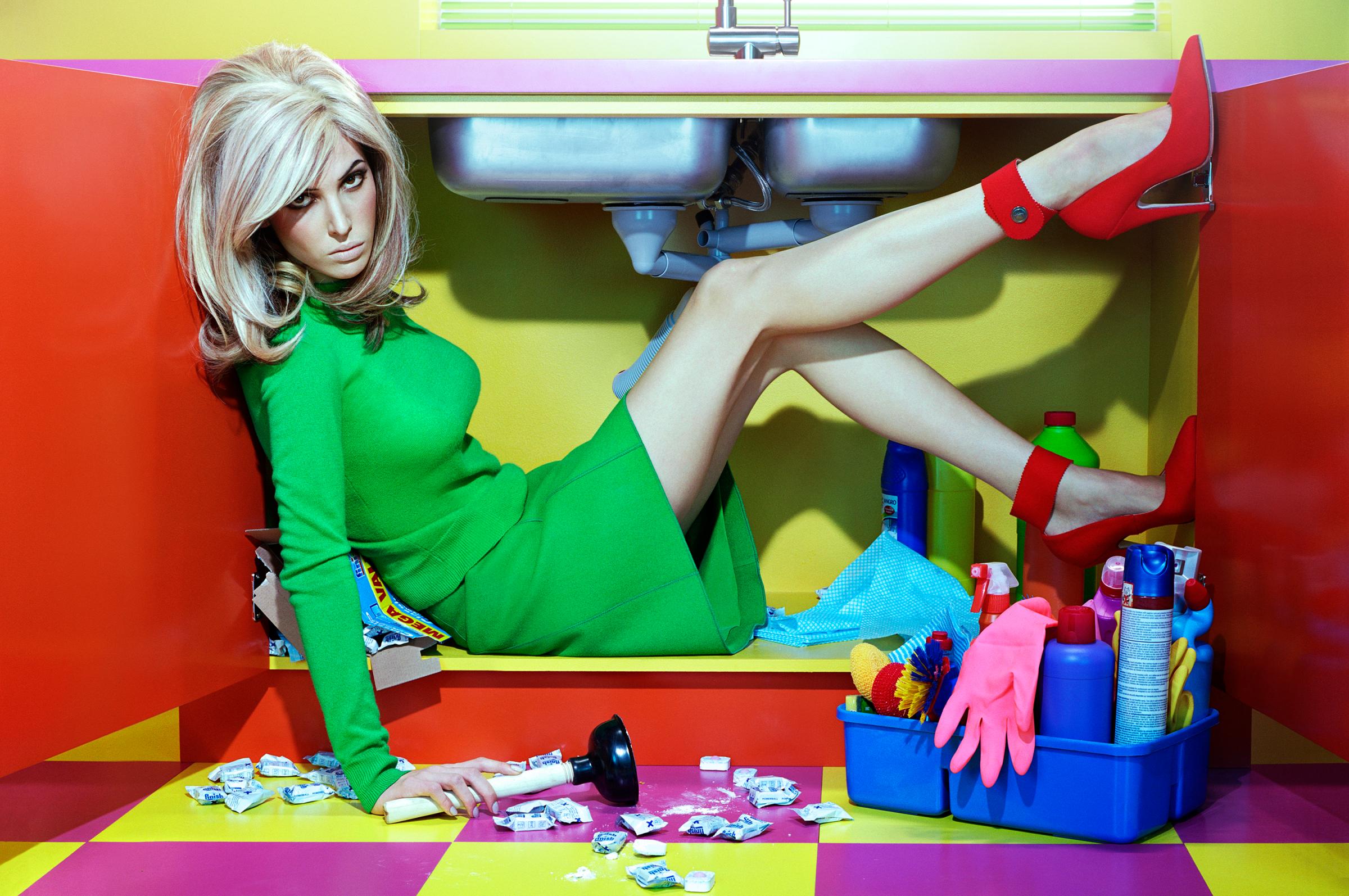
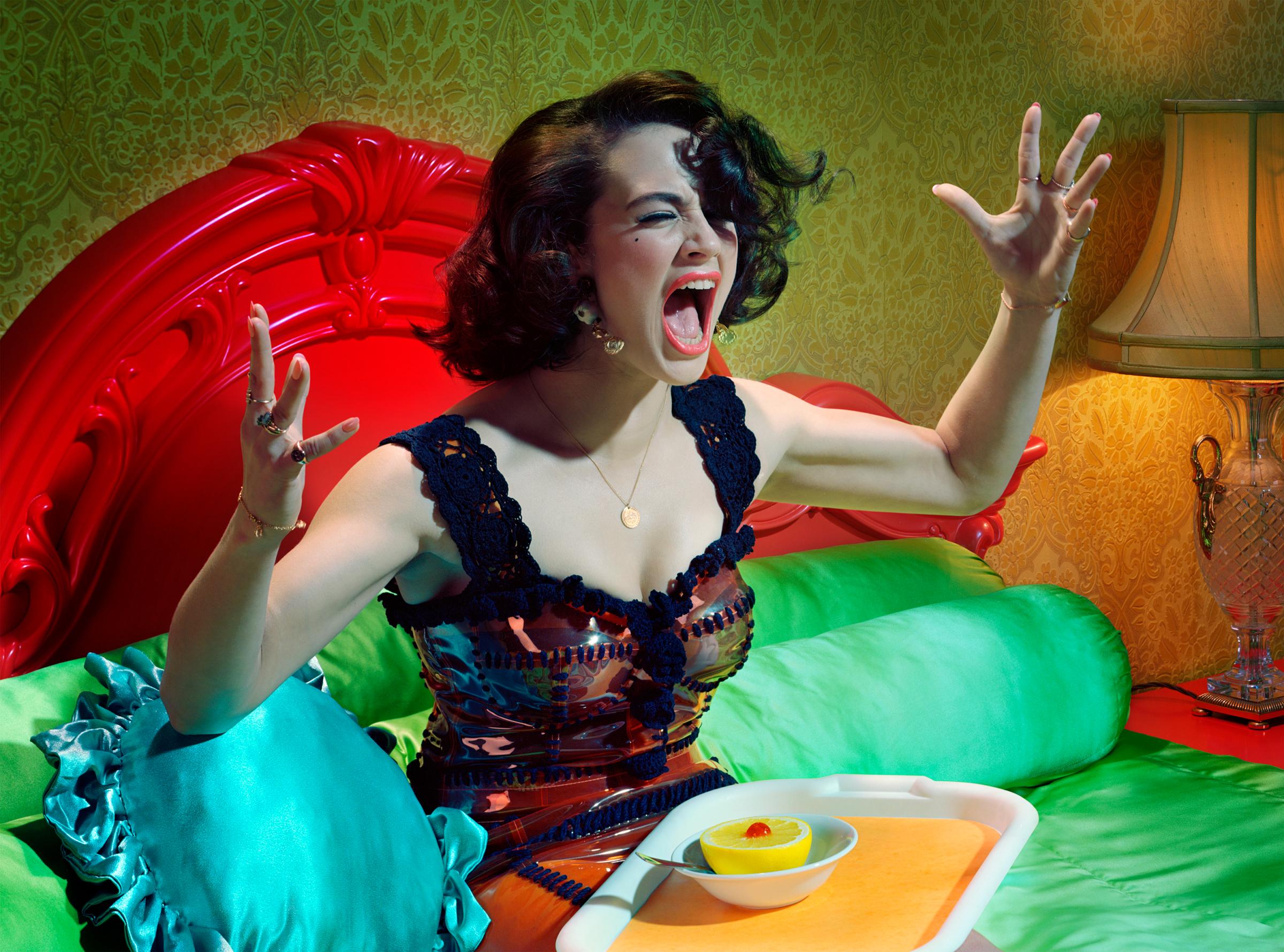
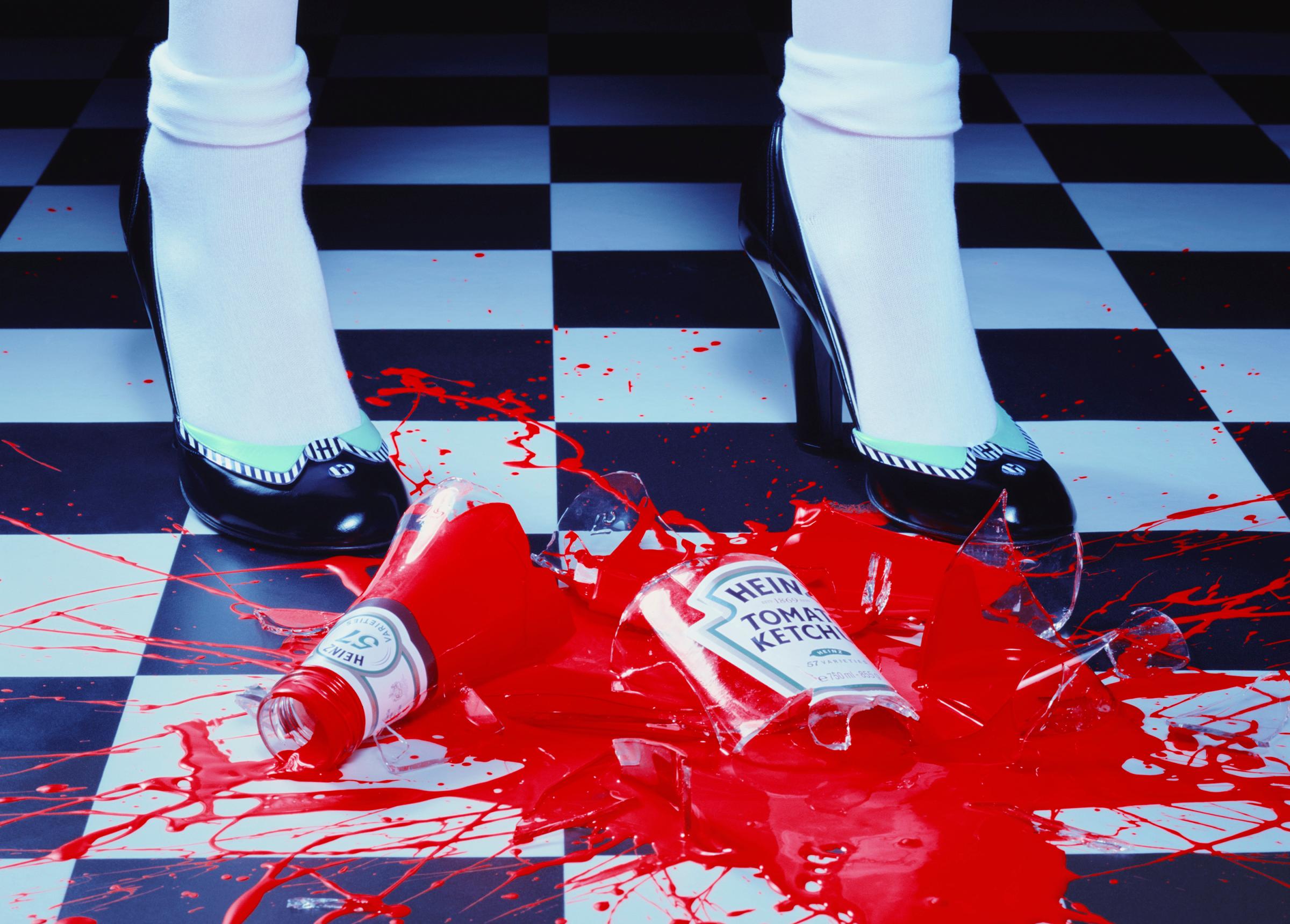
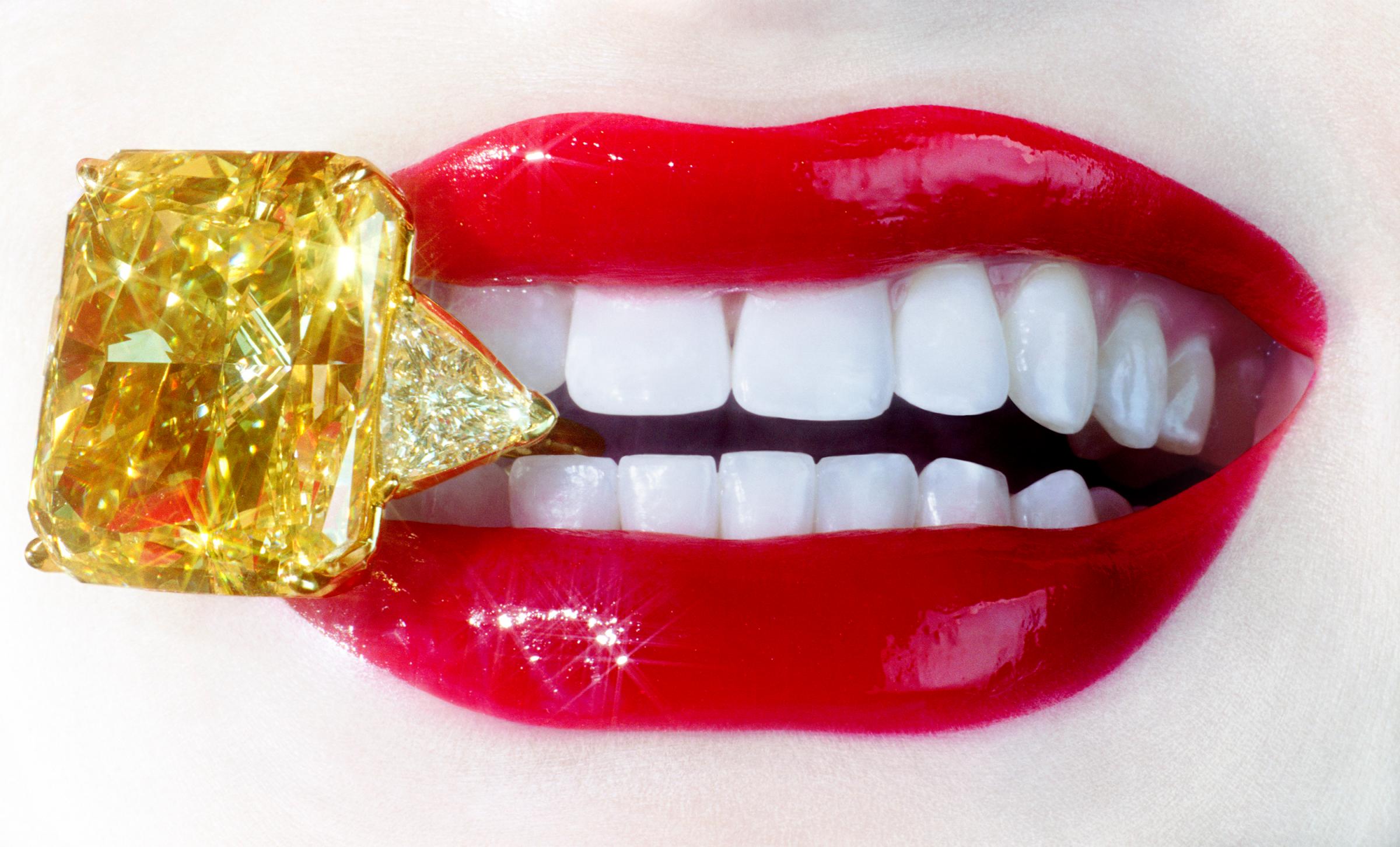
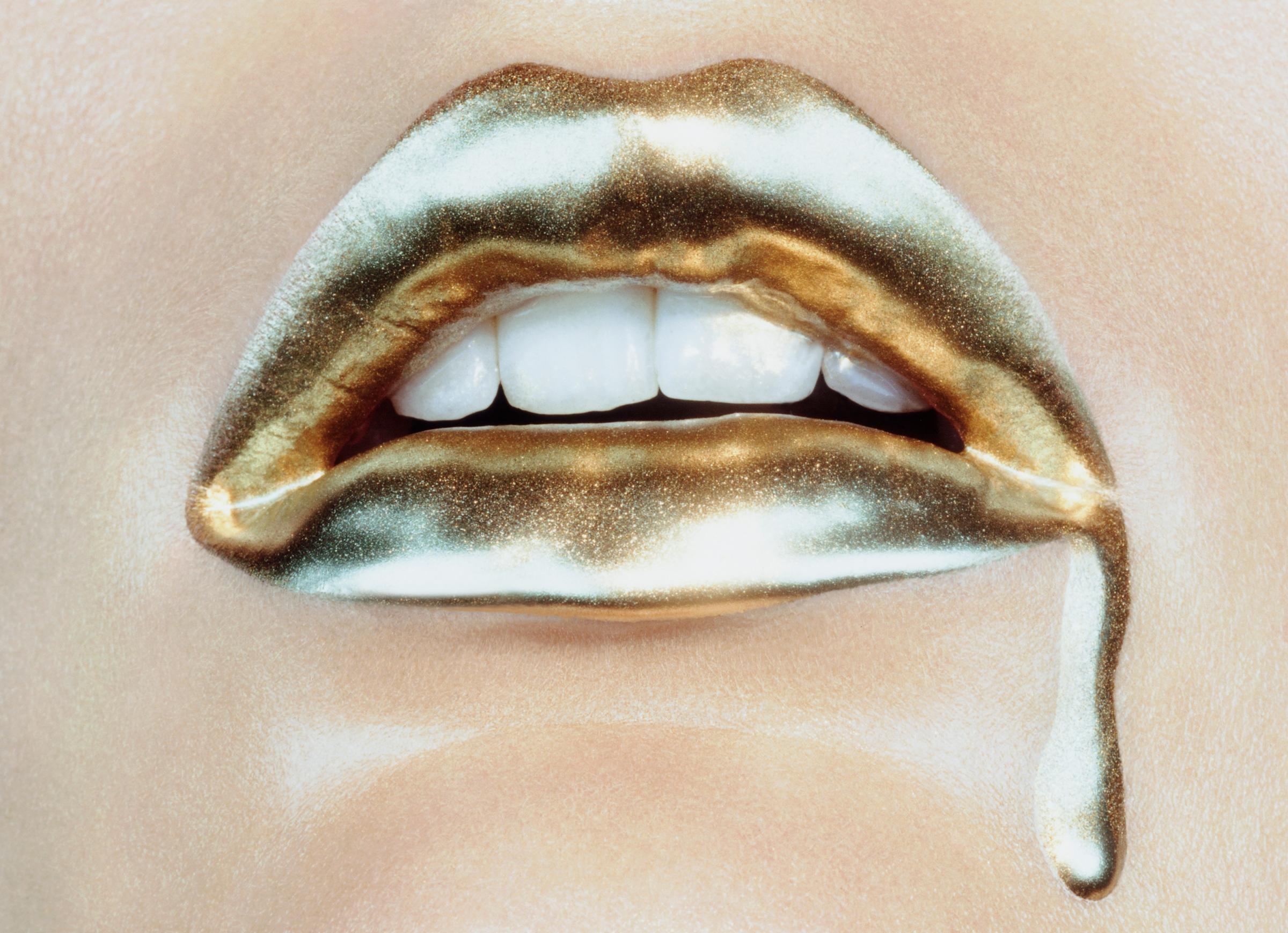
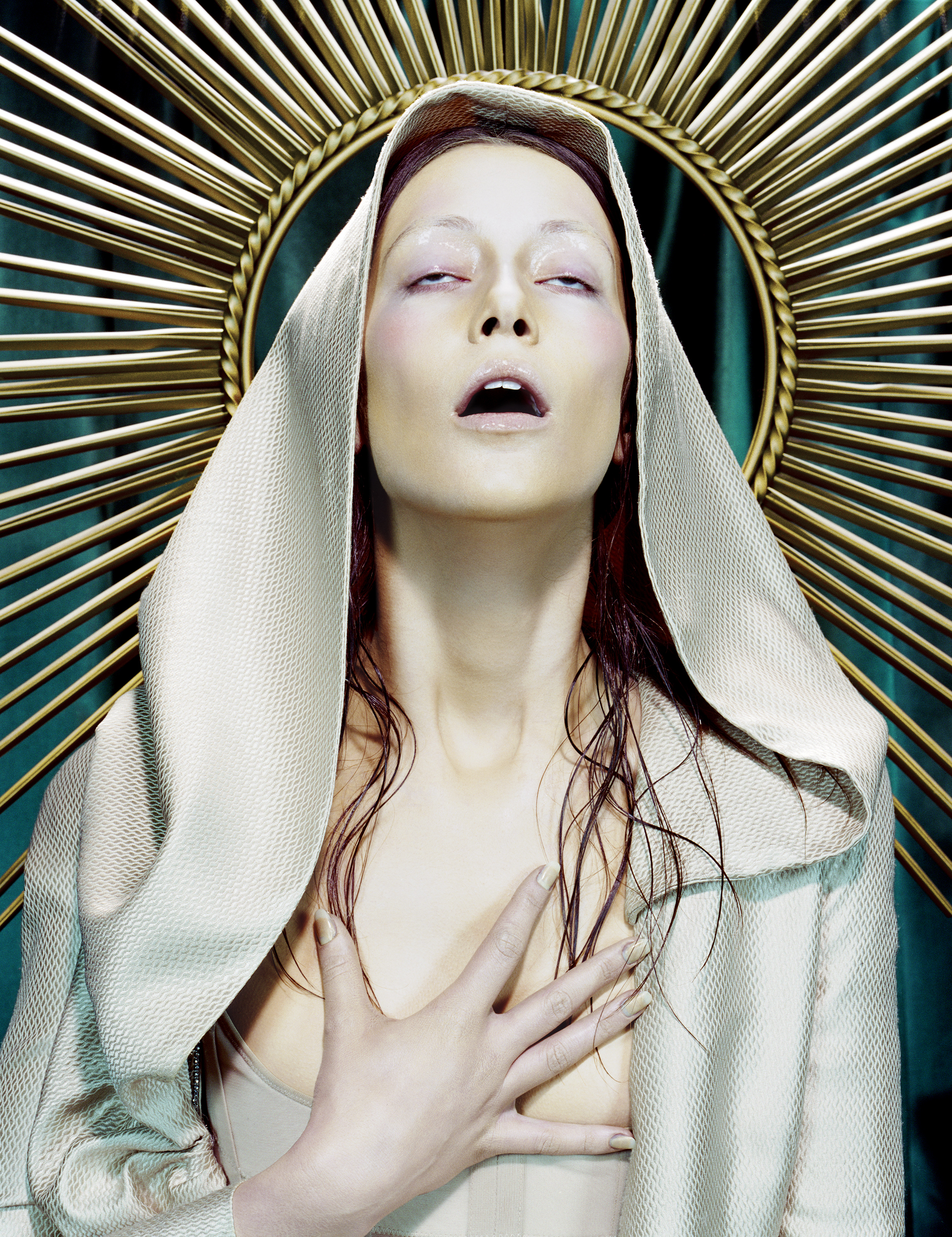
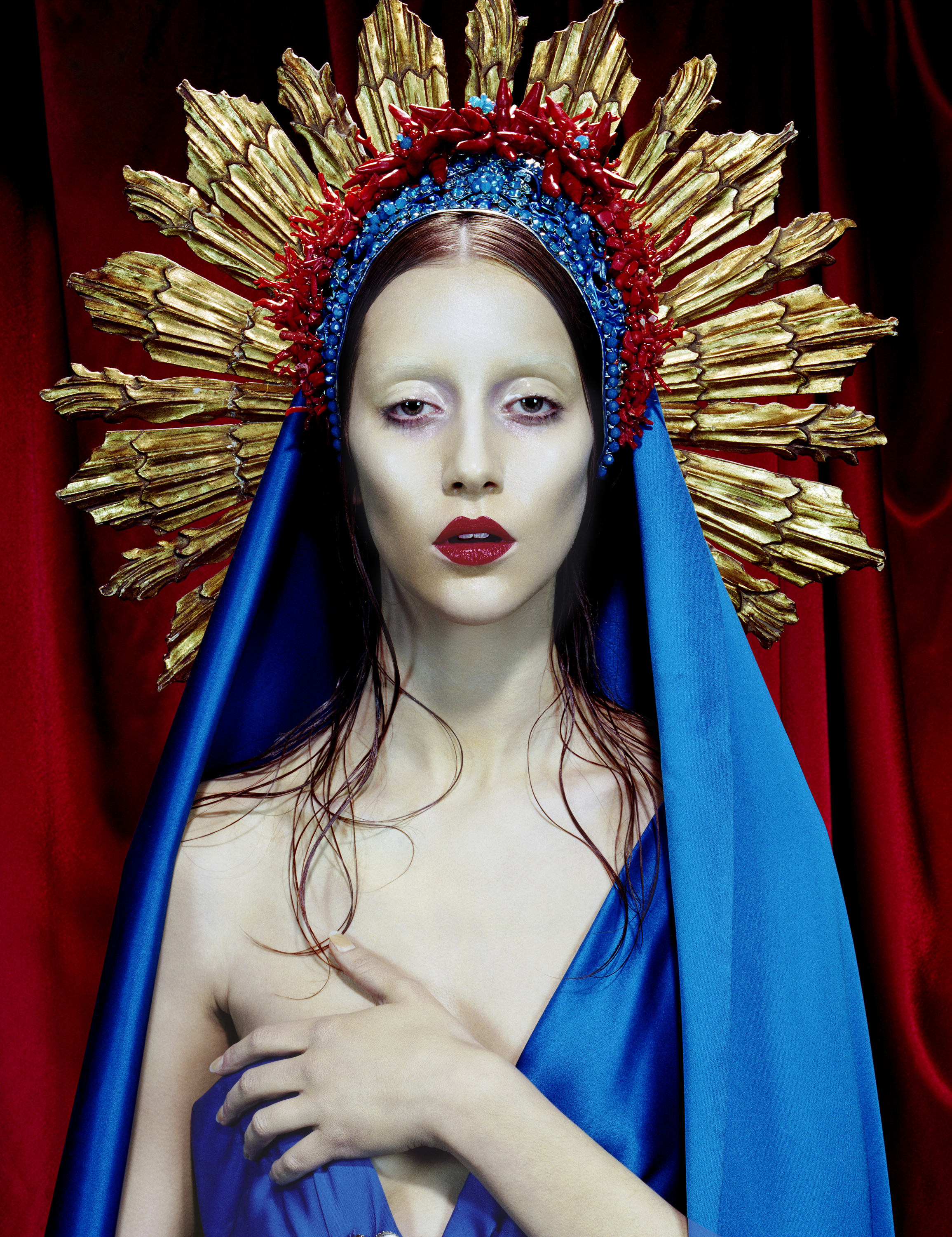
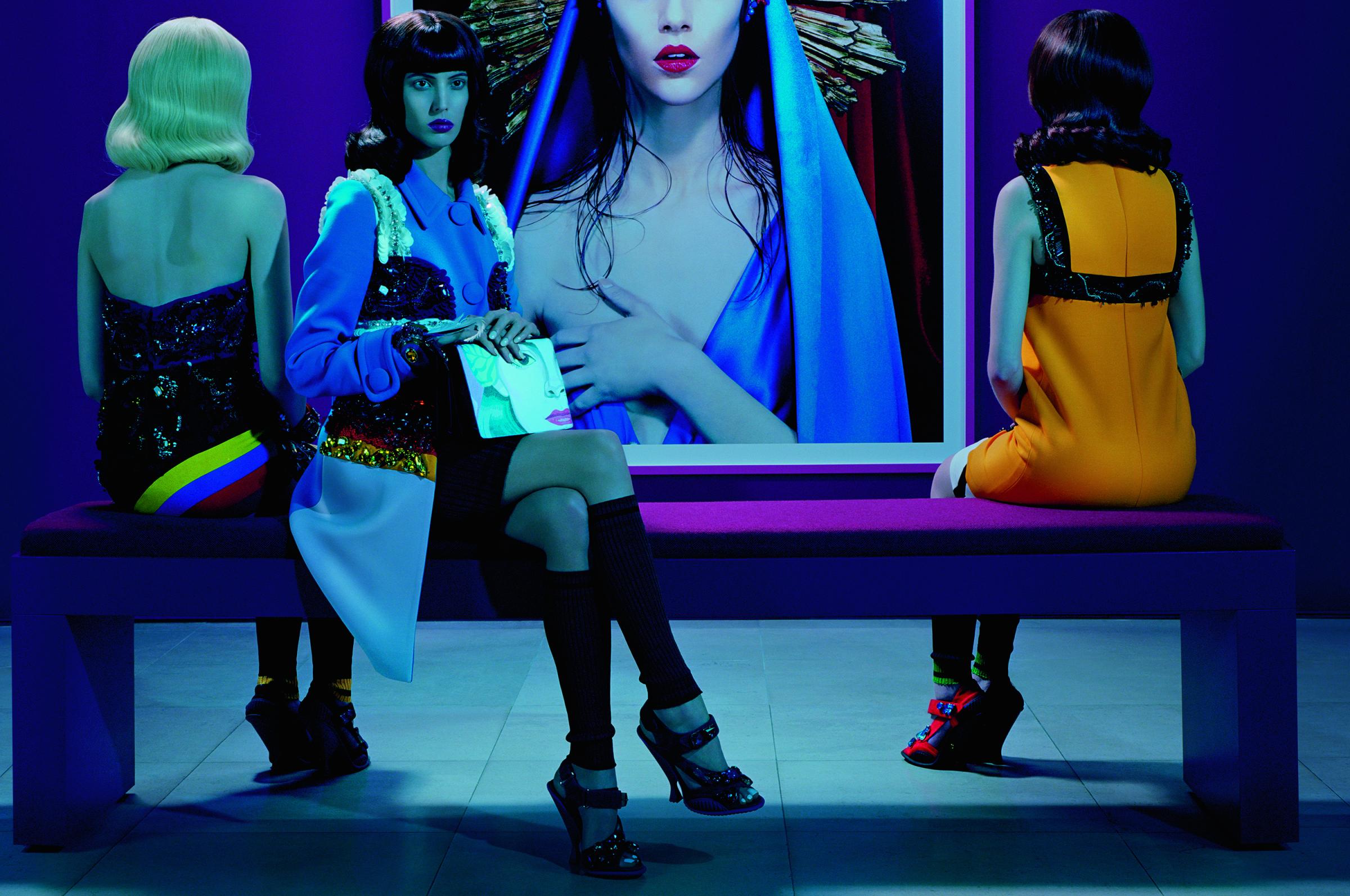
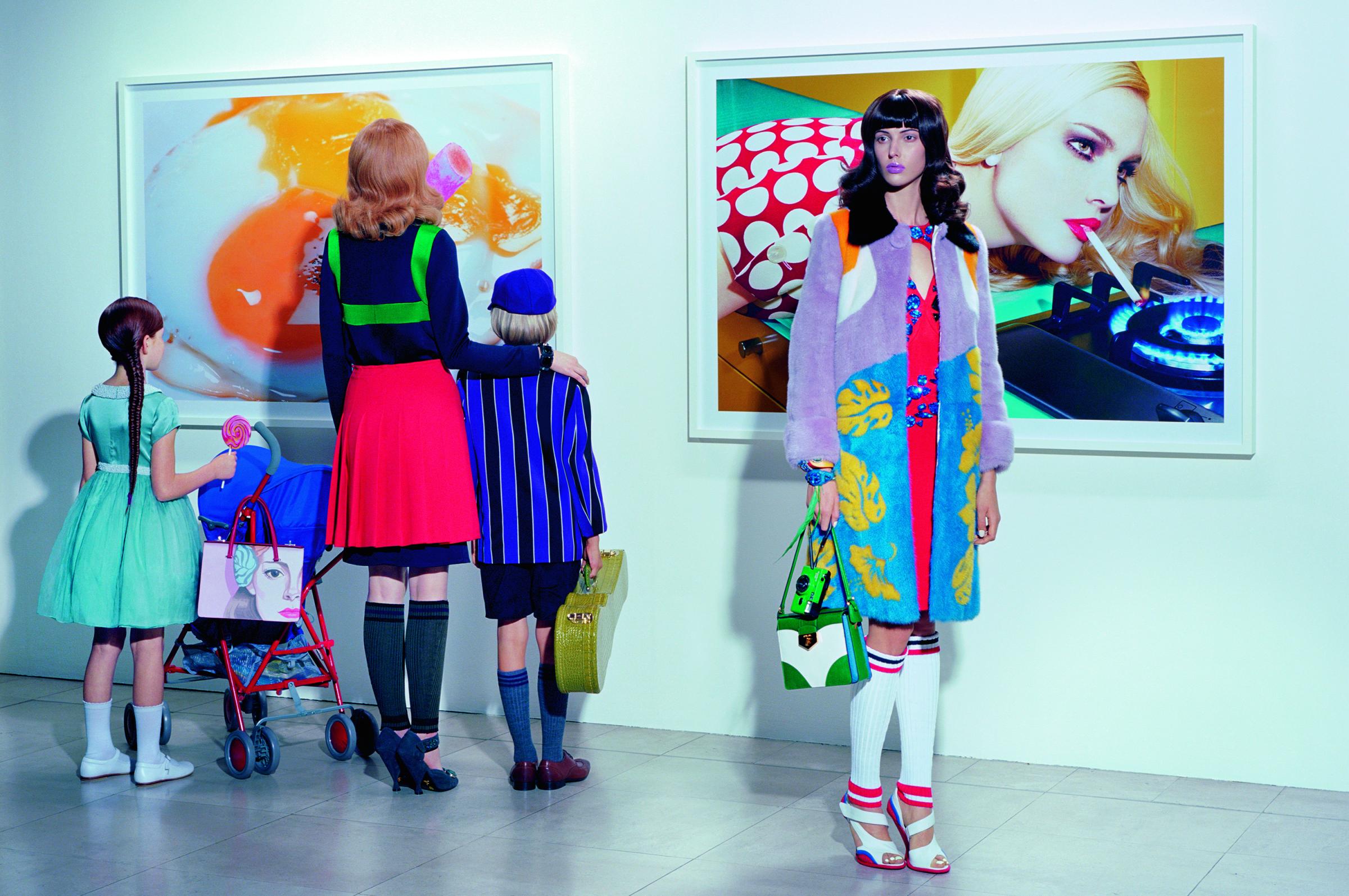
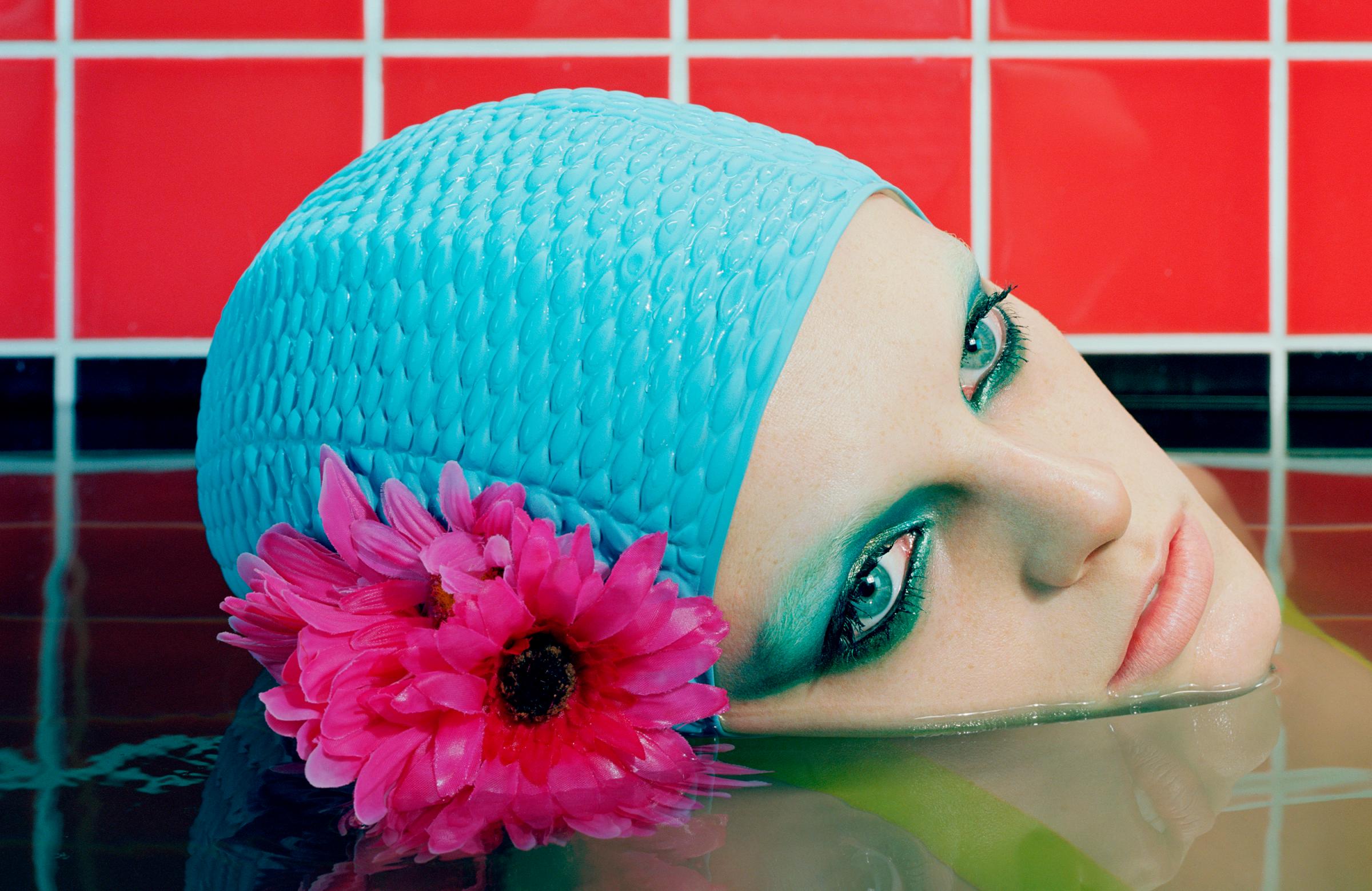
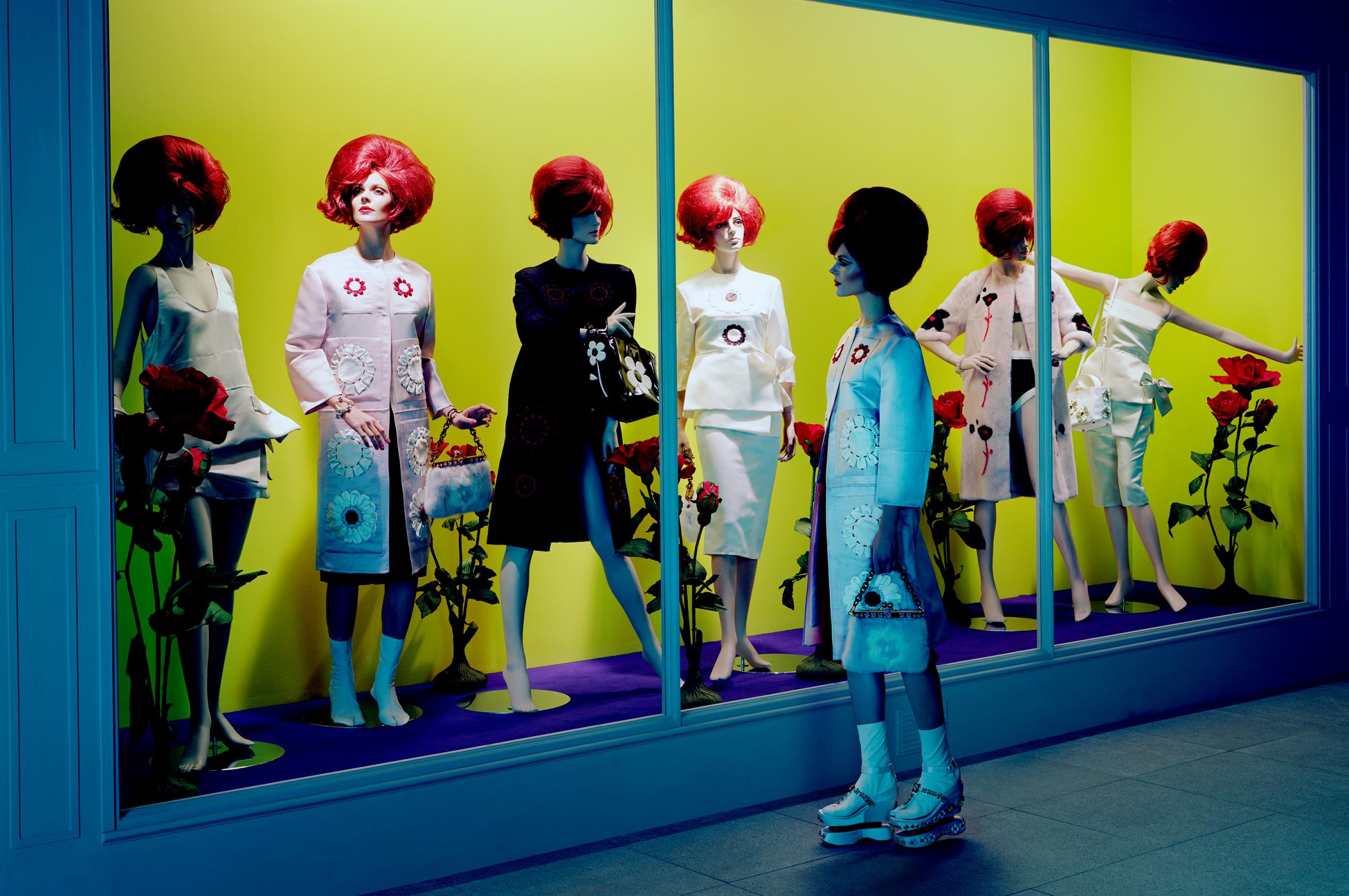
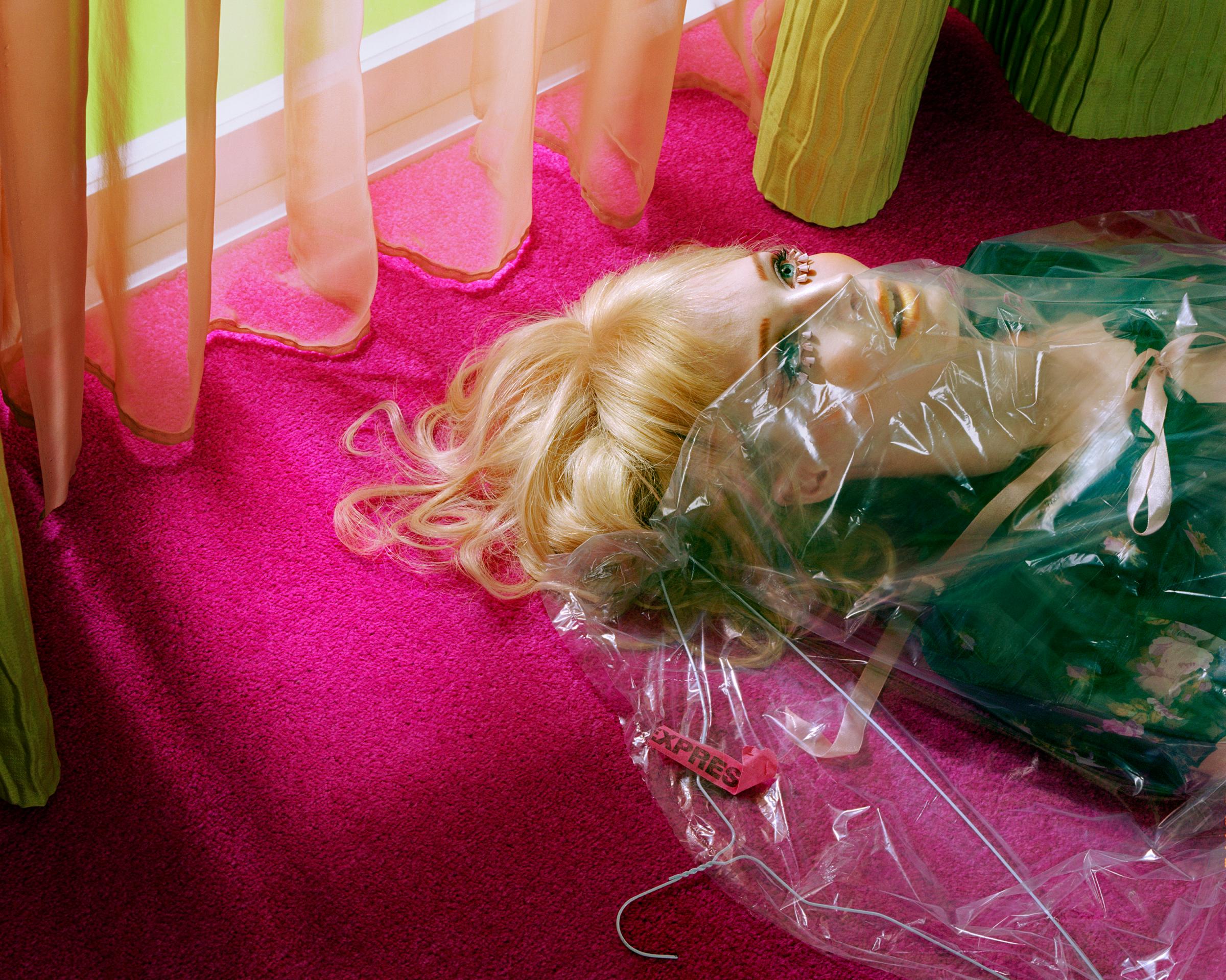
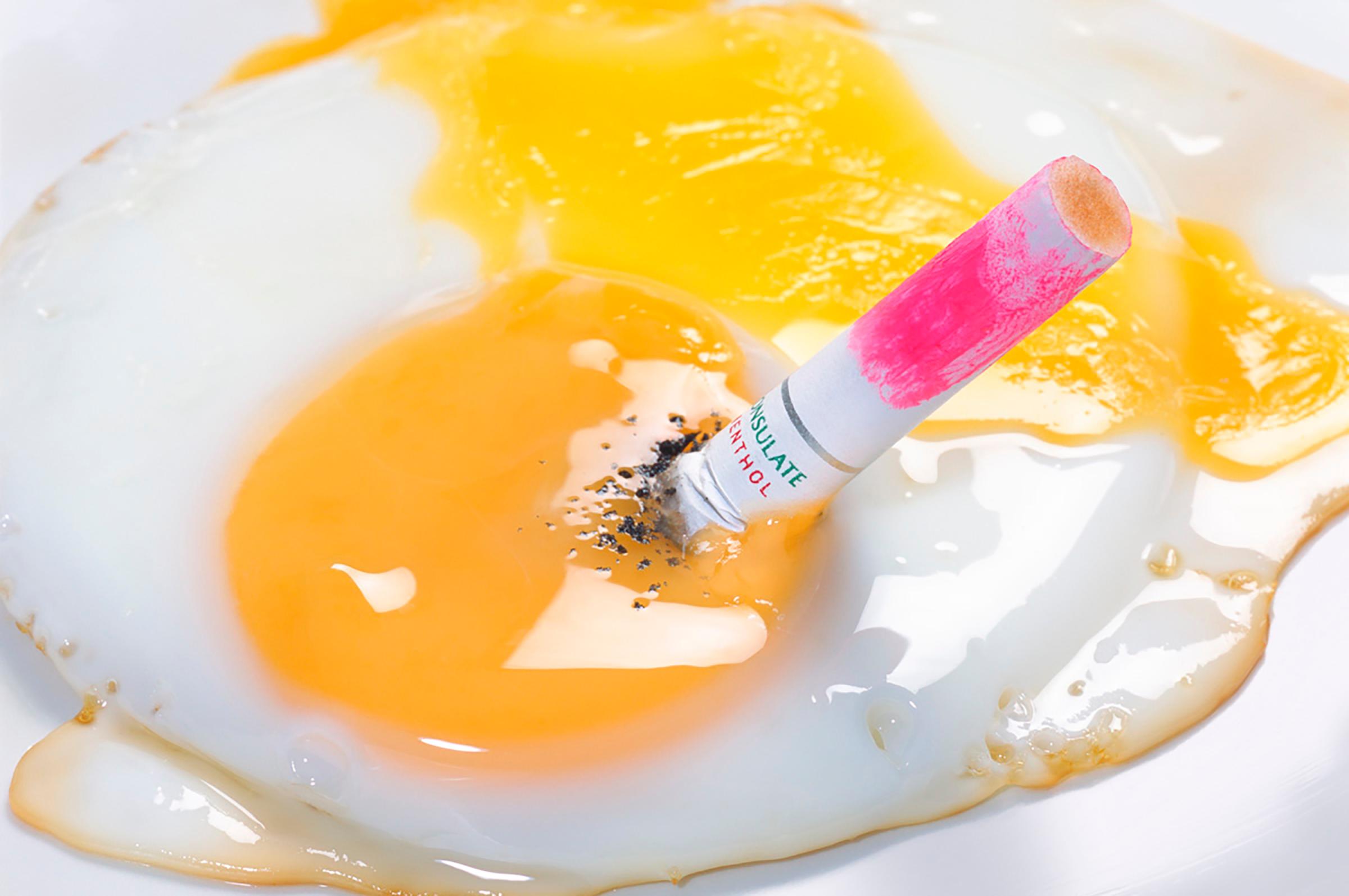
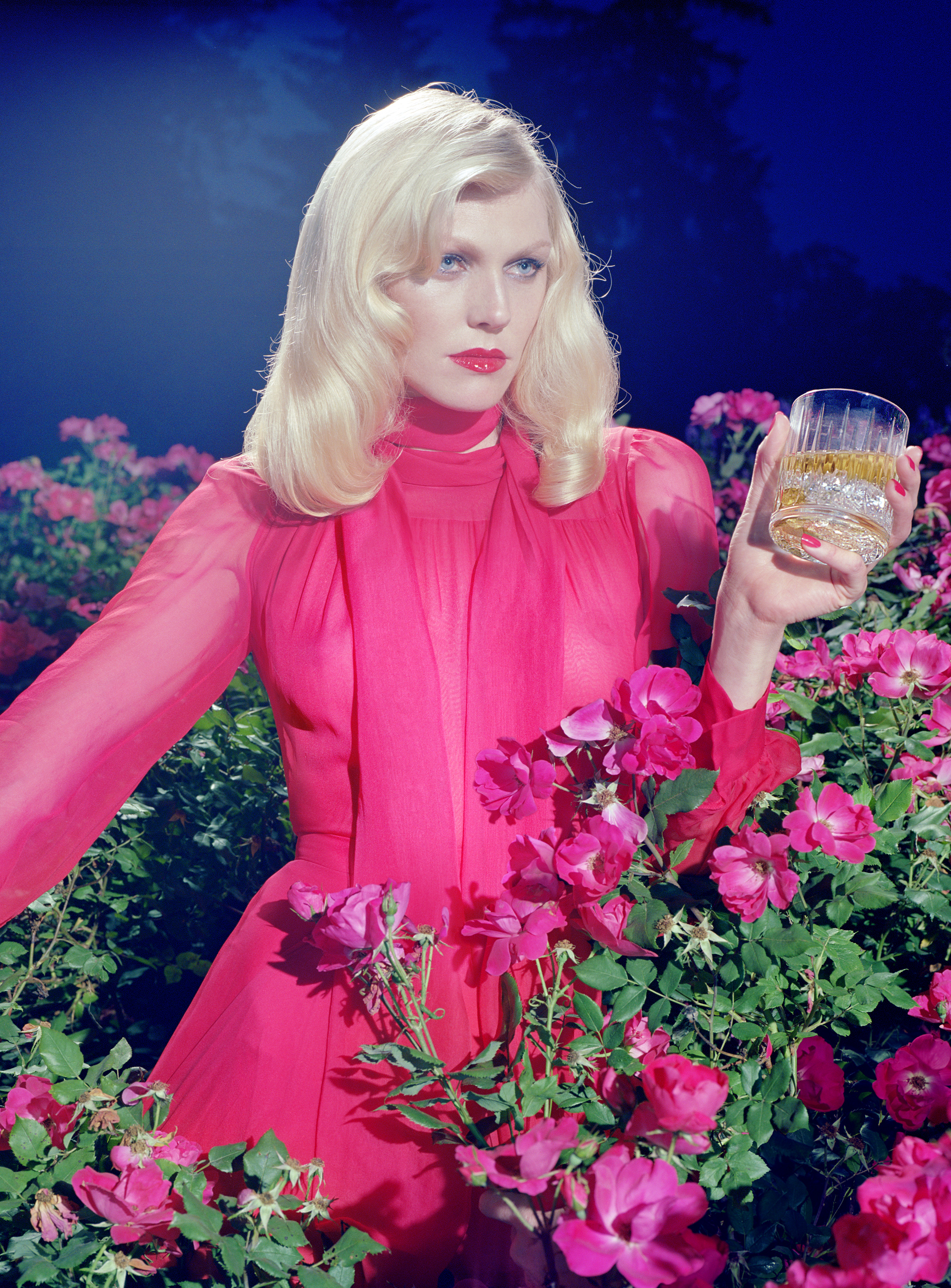
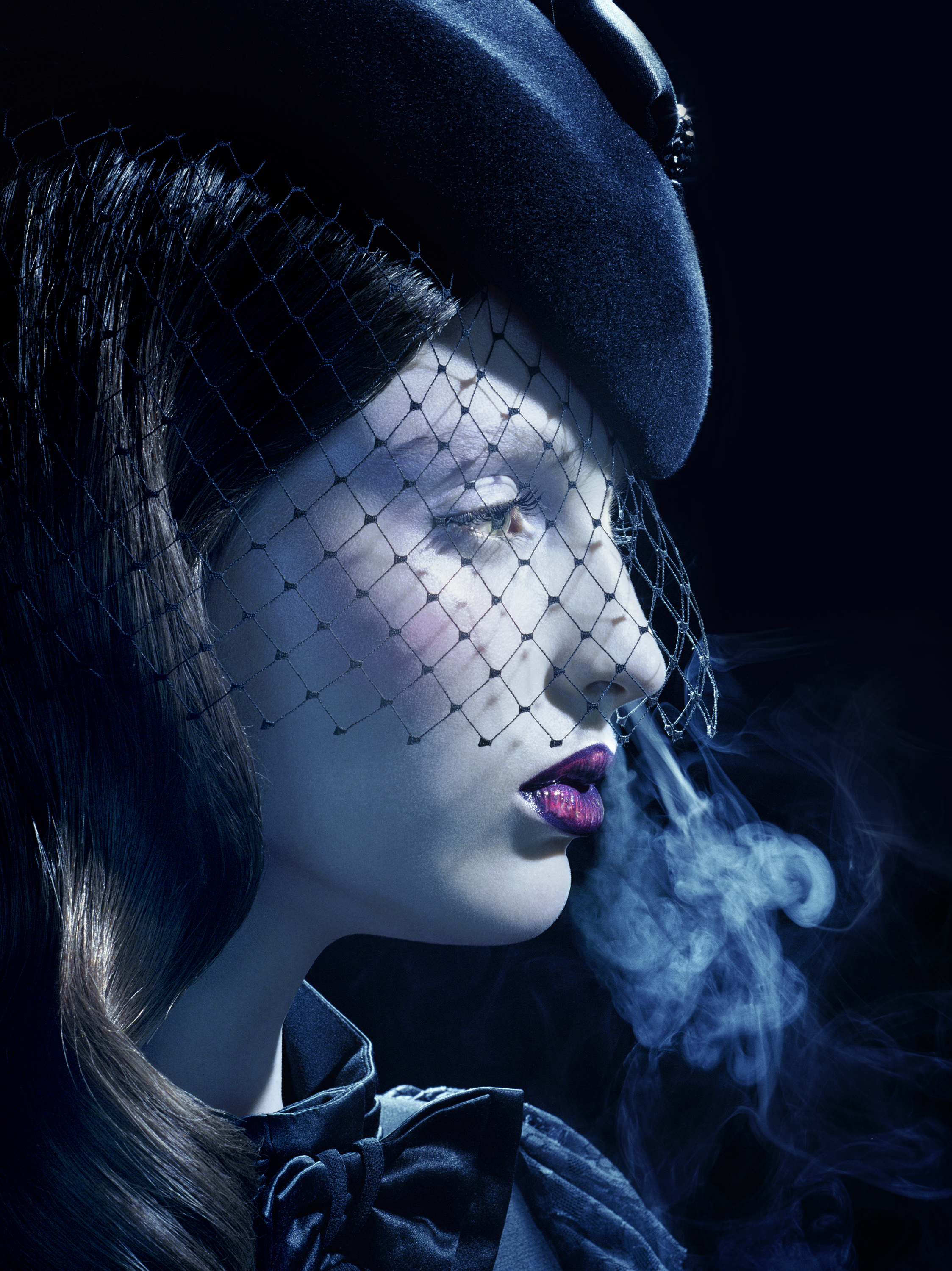
More Must-Reads from TIME
- How the Economy is Doing in the Swing States
- Democrats Believe This Might Be An Abortion Election
- Our Guide to Voting in the 2024 Election
- Mel Robbins Will Make You Do It
- Why Vinegar Is So Good for You
- You Don’t Have to Dread the End of Daylight Saving
- The 20 Best Halloween TV Episodes of All Time
- Meet TIME's Newest Class of Next Generation Leaders
Contact us at letters@time.com